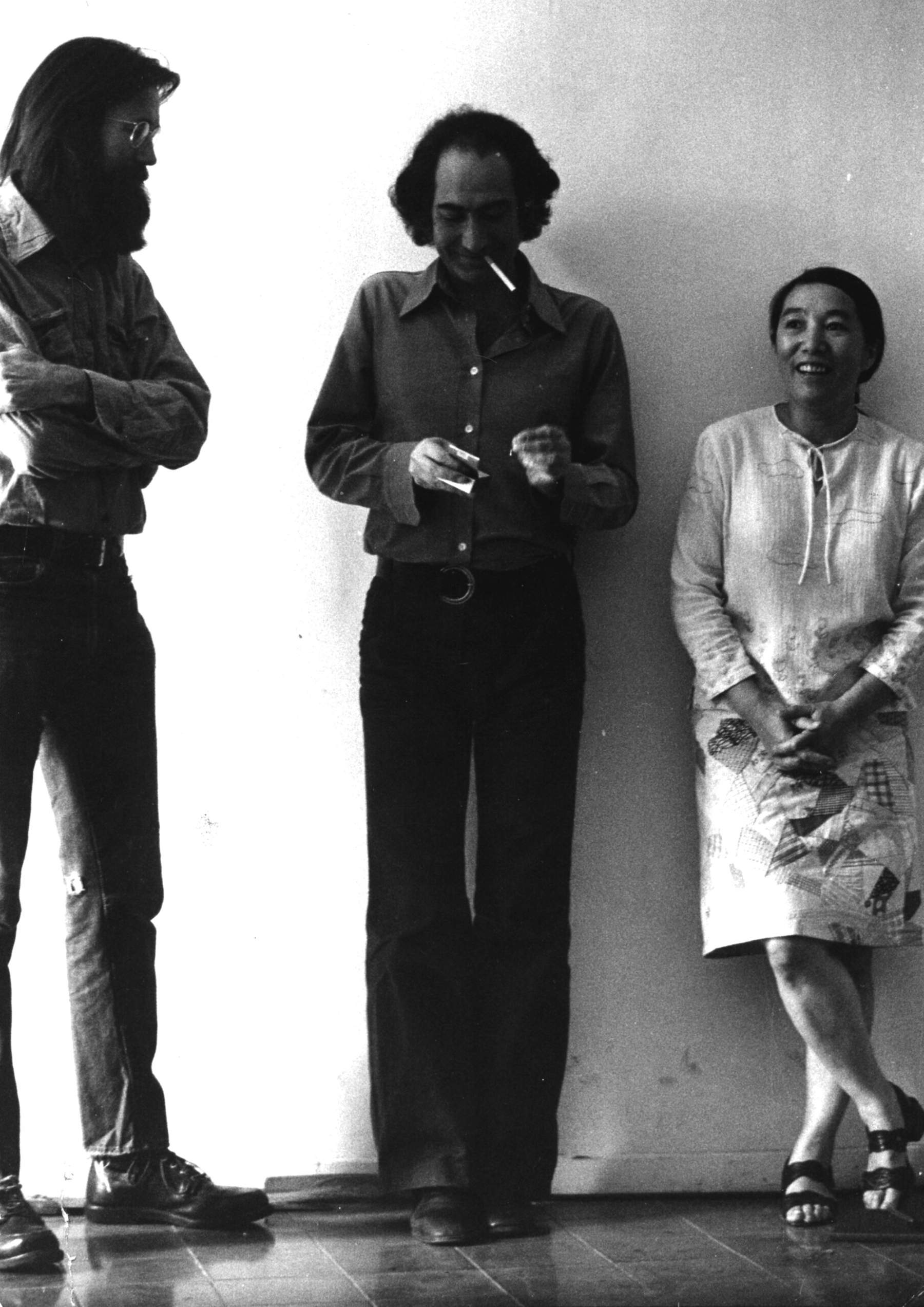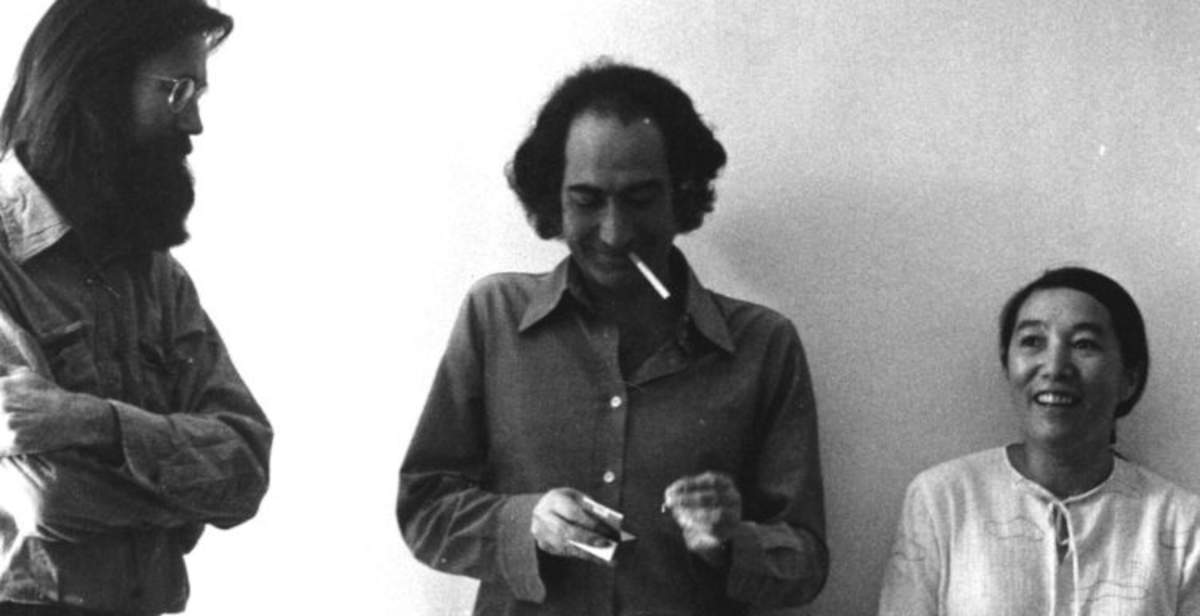From August 30 to September 30, 2025, the Palazzo del Fulgor in Rimini is hosting the exhibition Antonio D’Agostino. Fluxus Images - Photographs of the 1970s, a retrospective dedicated to one of the Italian photographers most active in documenting the performative and experimental practices of the Fluxus movement. The exhibition offers a survey of the work of Antonio D’Agostino (Catanzaro, 1938 - Rome, 2025), and returns a visual glimpse of the atmospheres that characterized avant-garde art between Europe, the United States and Japan.
The exhibition project focuses on a selection of about forty black-and-white photographs, taken largely during the 1970s, including some images taken at Art Basel in 1974. There, D’Agostino had portrayed some of the movement’s best-known protagonists-Nam June Paik, Charlotte Moorman, Giuseppe Chiari, Takako Saito, Joe Jones, Geoffrey Hendricks, and other internationally prominent artists. The images, of various sizes, show highlights of performances and happenings that characterized the Fluxus scene, restoring a tense, direct visual language imbued with the participatory force that marked that artistic season.
The exhibition also includes a selection of vintage videos dating back to the 1960s, along with some more recent productions. The itinerary, articulated between images and audiovisual documents, aims to offer a complex look at the Fluxus environment, highlighting the interaction between artistic practices and performative approach. The entire installation was curated by Marco Leonetti, museum director and film scholar, with the aim of enhancing the intimate and experimental character of the works. The exhibition intervention aims to create a space consistent with Antonio D’Agostino’s aesthetic, accounting for his sensitivity in the construction of the image and the restitution of the artistic events he documented.

Curating the exhibition is Carmelita Brunetti, in collaboration with Marco Leonetti himself. The project is accompanied by a critical text by Enrico Gusella, published in the official catalog published by ArtonWorld.com, in the Green Luxury Edition series. The volume, which echoes the title of the exhibition, Antonio D’Agostino. Fluxus Images, also contains an intervention by artist Emiliano Zucchini, a personal friend of D’Agostino. The text offers an affective and direct portrait of the man and the photographer, adding a biographical component to the critical reflection.
Together with the exhibition, the catalog represents a posthumous tribute to D’Agostino, who had distinguished himself for his ability to document ephemeral events without ever reducing the complexity of artistic actions. His photographic work reflected a conscious dialogue with the context and the protagonists of the performances. His camera was a medium capable of capturing tensions, vibrations and shifts in art over time.
The exhibition is part of the cultural revitalization program of the Palazzo del Fulgor, a symbolic building of the city of Rimini, linked to the memory of Federico Fellini and an integral part of the Fellini Museum itinerary. In recent years, the venue has begun a gradual opening toward projects dedicated to contemporary art, visual experimentation and auteur cinema.
Born in 1938, Antonio D’Agostino had been working with photography in the artistic sphere since the 1960s, developing a focus on performative practices and visual language related to new media. His participation in Fluxus circles was active, conscious and enduring: both as an outside observer, but also as part of an artistic community that moved on the boundary between gesture, image and action.
The Fluxus movement, officially born in the United States in the 1950s under the impetus of George Maciunas, had soon expanded to Europe and Japan, giving rise to an international network of artists operating outside the official circuits. Performances, happenings, publications and collective actions aimed to break down the barriers between art and everyday life, placing the concept of experience at the center of artistic practice. Photographic documentation played a key role in handing down the traces of events that were by their nature ephemeral. D’Agostino’s work contributed decisively to building a visual archive of that experience, making it accessible and interpretable even decades later.
 |
| Antonio D'Agostino's Fluxus images on display at Rimini's Fulgor Palace |
Warning: the translation into English of the original Italian article was created using automatic tools. We undertake to review all articles, but we do not guarantee the total absence of inaccuracies in the translation due to the program. You can find the original by clicking on the ITA button. If you find any mistake,please contact us.